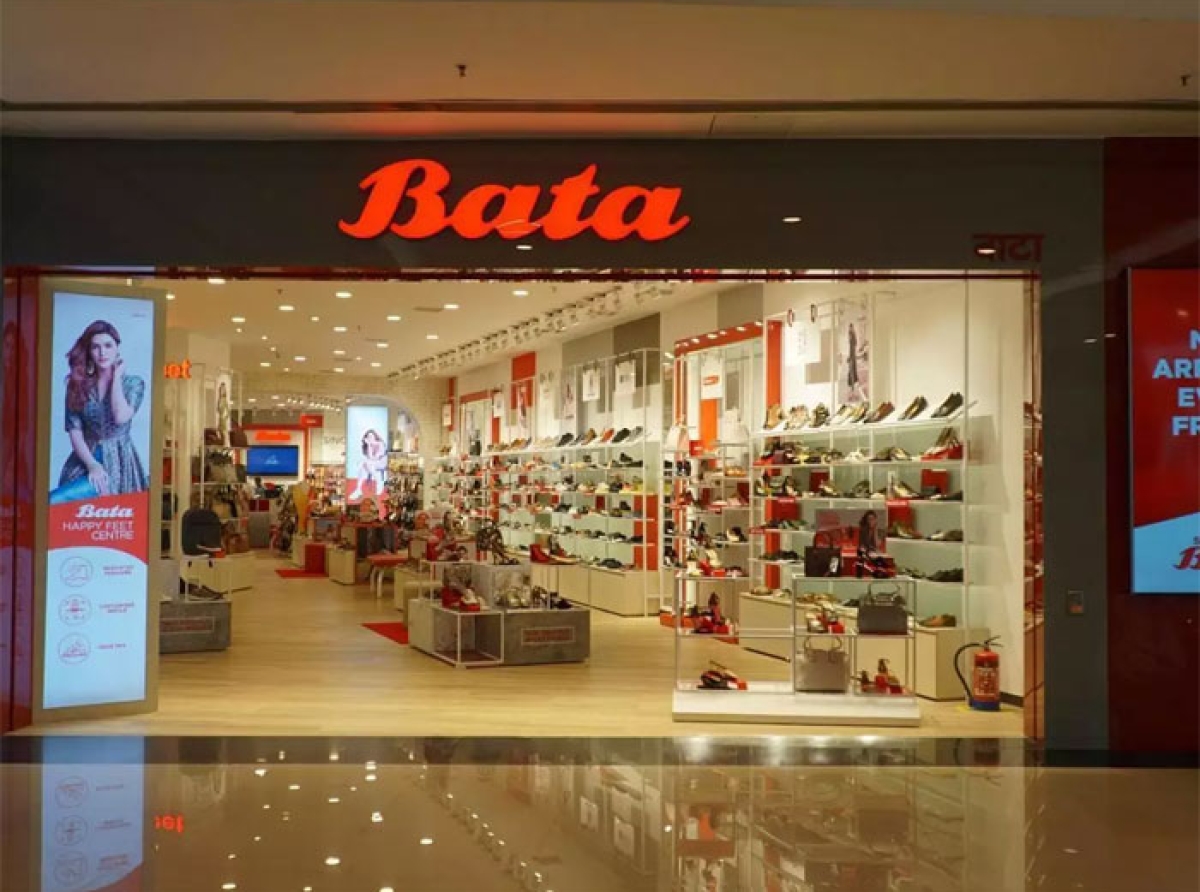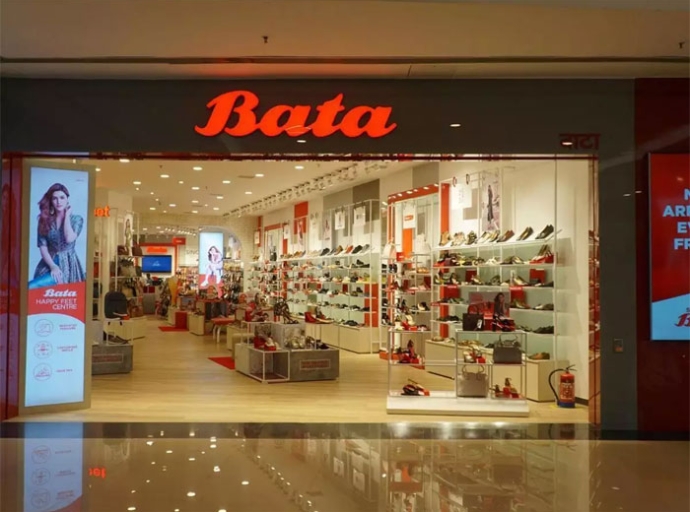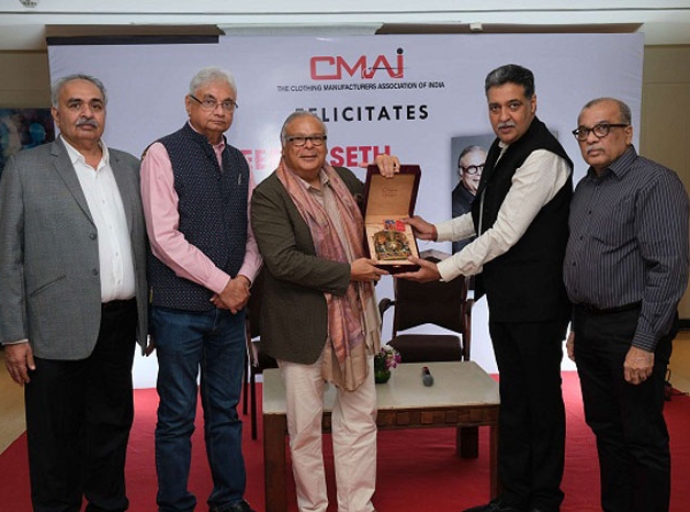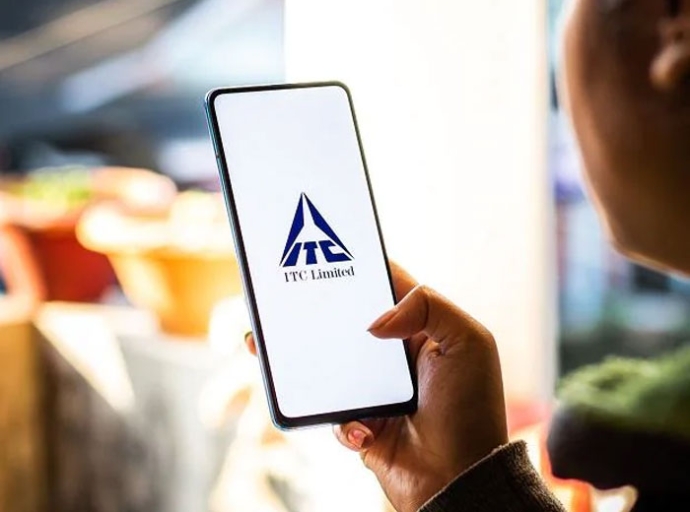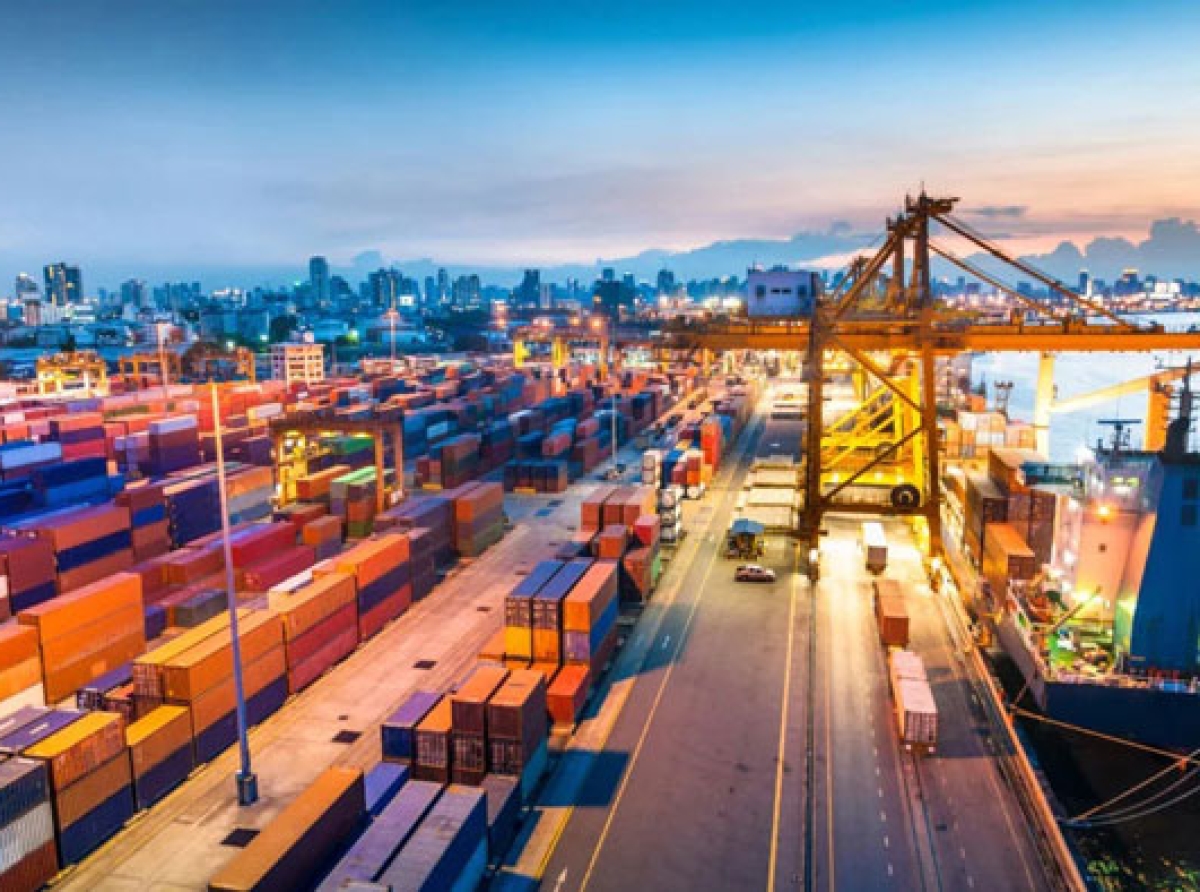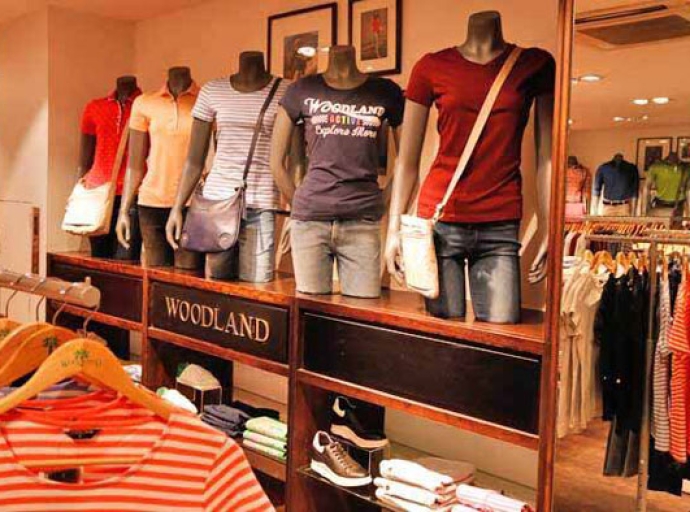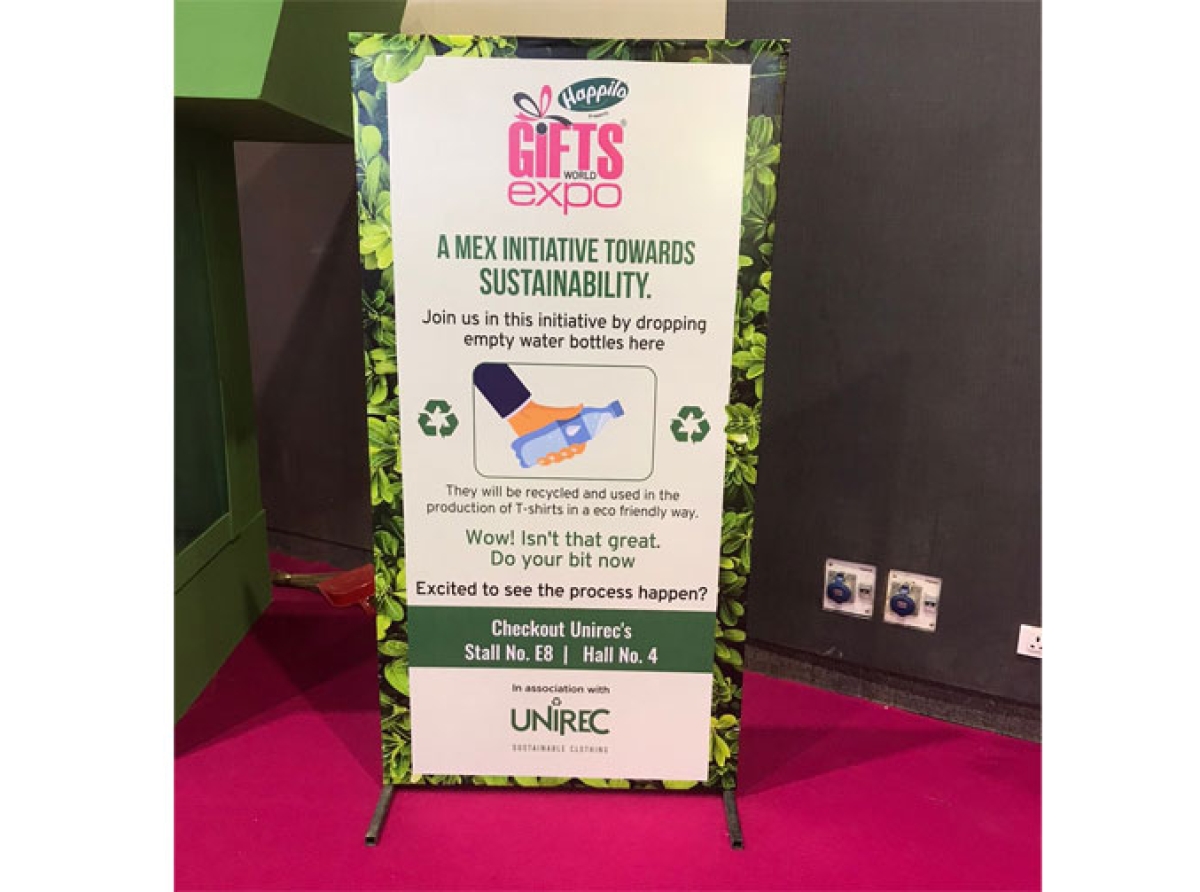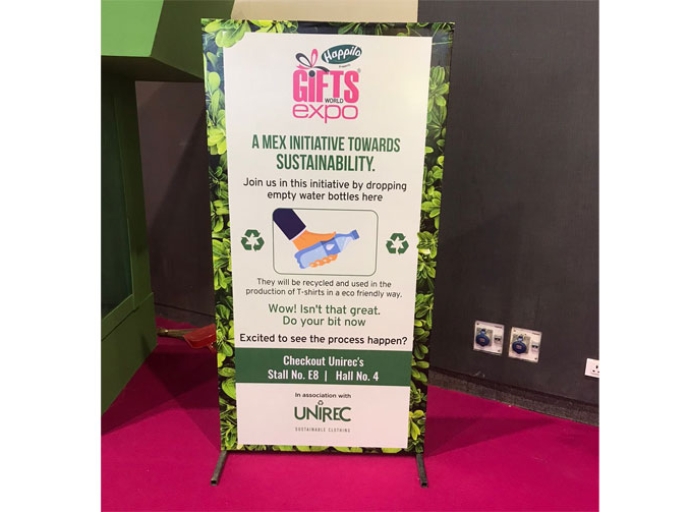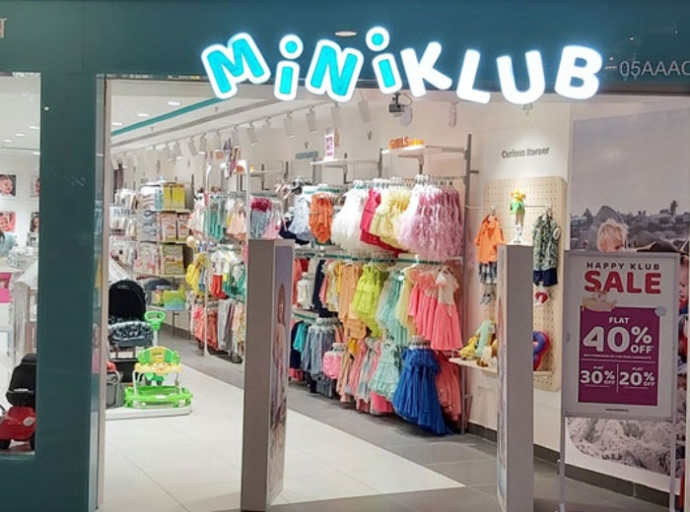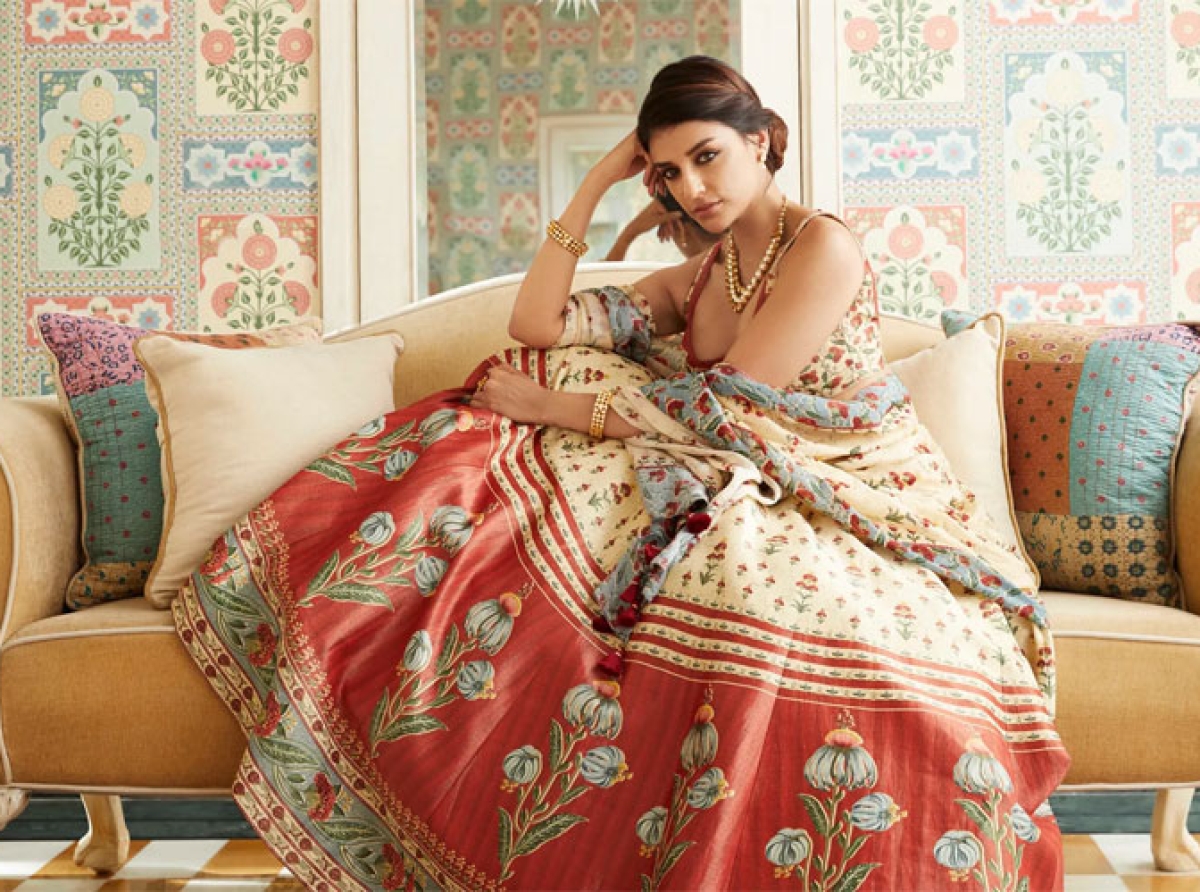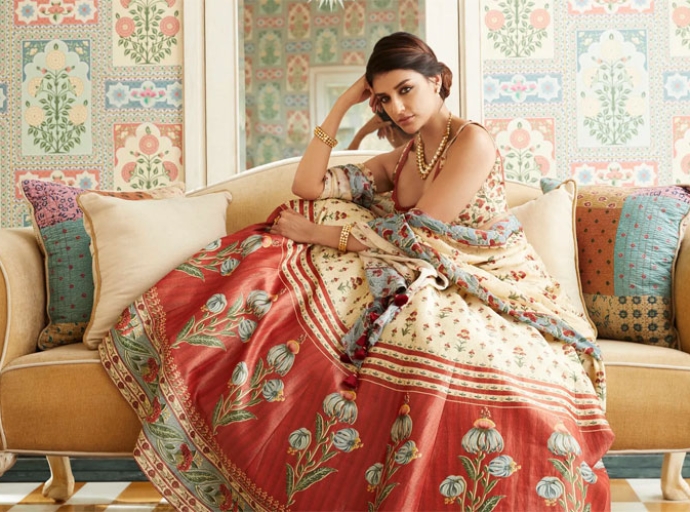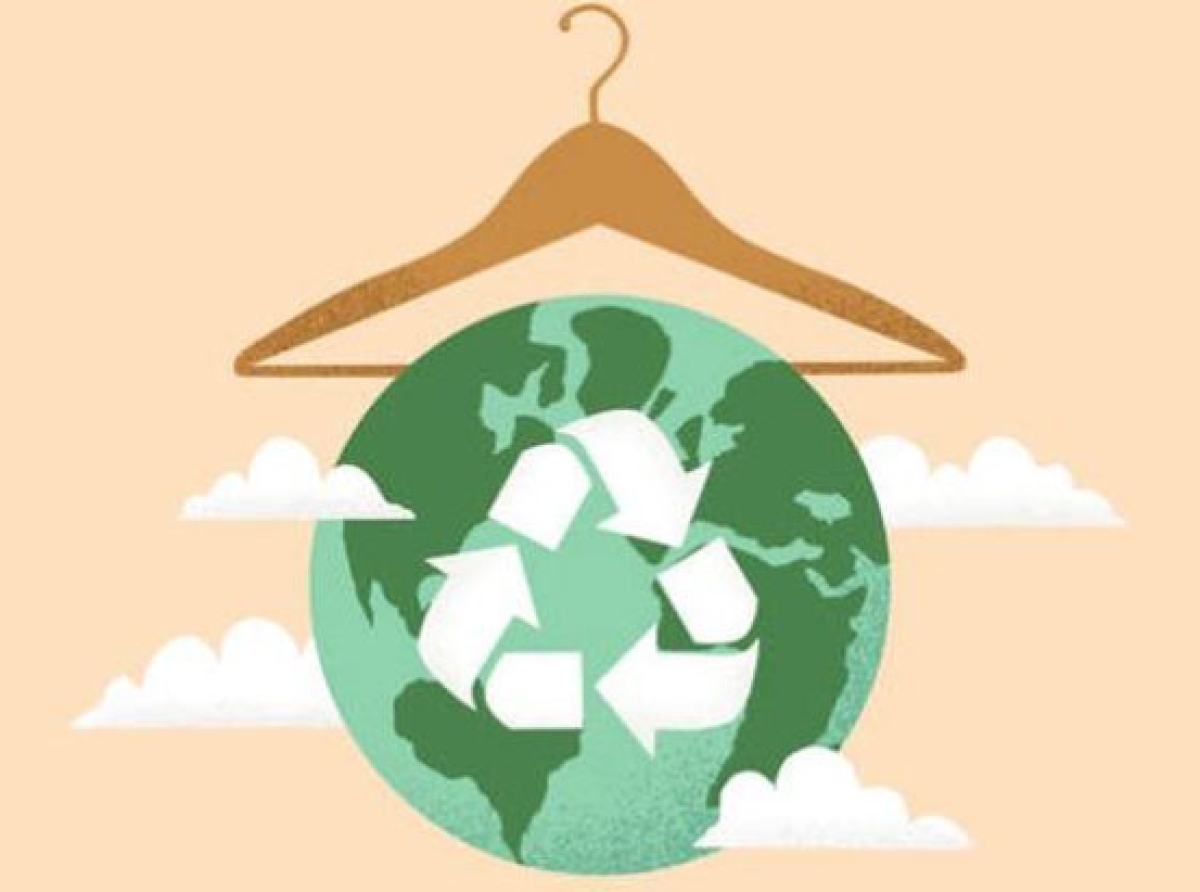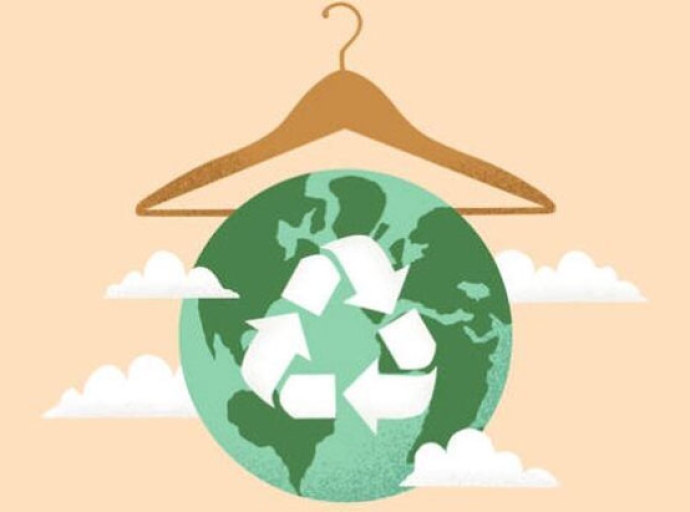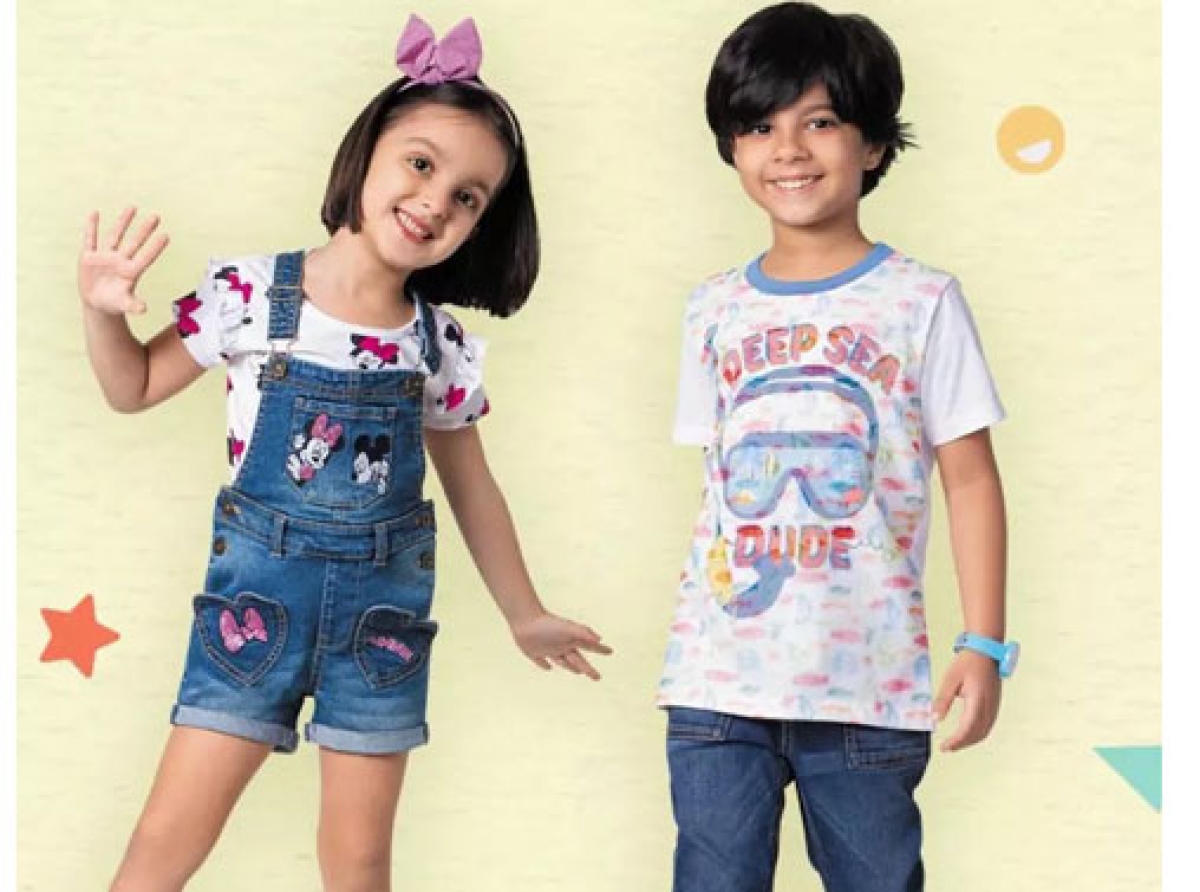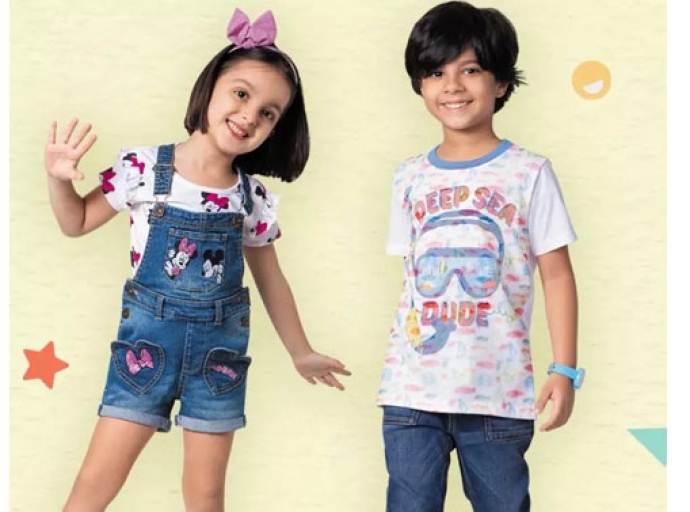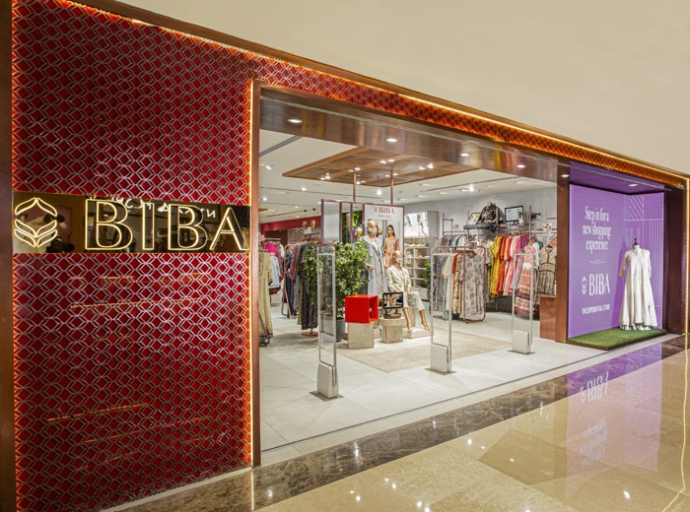10 August 2022, Mumbai:
Celebrating the release of the book, ‘Resolute By Design,’ Rajeev Masand, President, Clothing Manufacturers Association of India (CMAI) felicitated its author Deepak Seth, Chairman, Pearl Group of Companies for his tremendous growth from a small-time garments exporter to a global conglomerate spanning over 22 countries and production facilities across the world.
ALSO READ CMAI concludes National Garment Fair with two MoUs
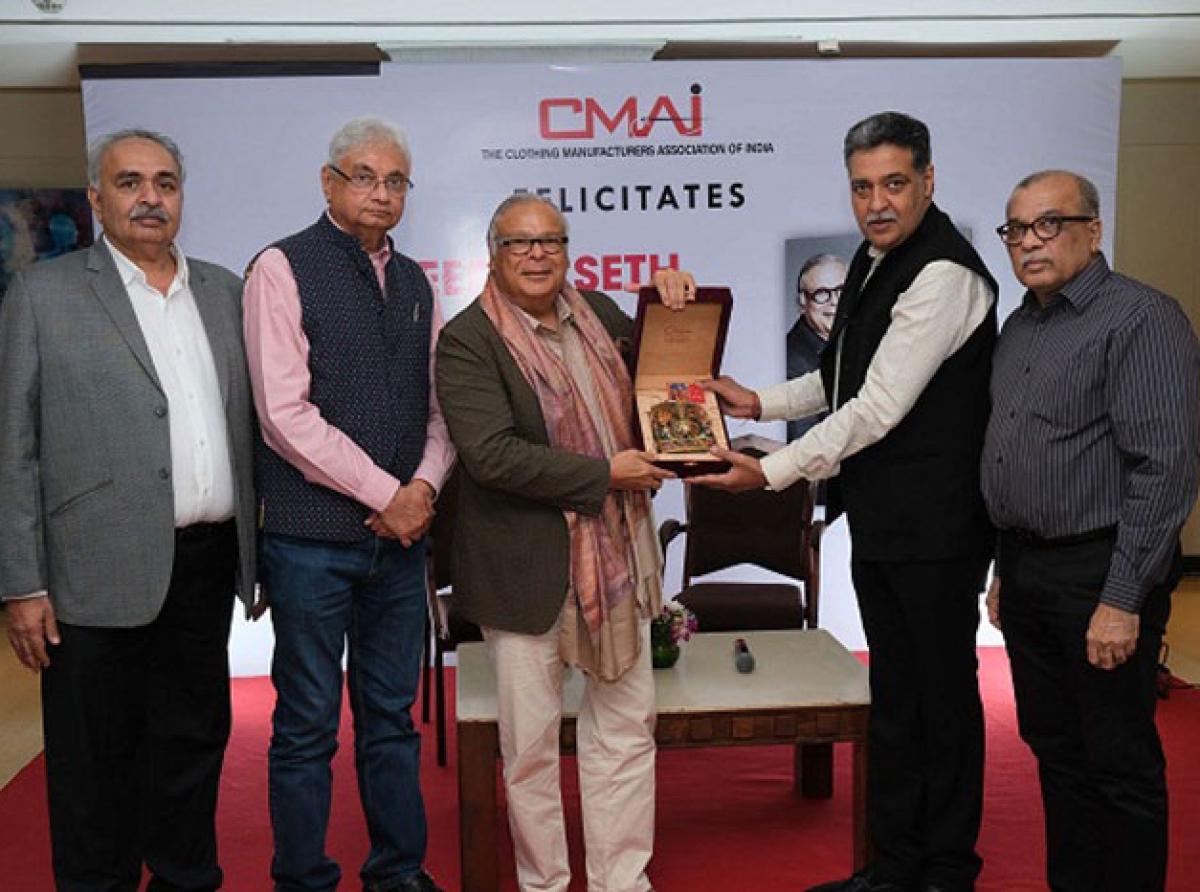
RELATED NEWS . CMAI FAB Show: Showcases entire supply chain solutions under one roof
The book has been written by journalist Rajendra K Aneja based on the experiences shared by Pearl group Deepak Seth.
Expanding group operations
A non-executive chairman of Pearl Global, the listed subsidiary of the company, Deepak Seth has over 31 years of experience in the apparel industry. He has been responsible for expanding the group’s operations to 12 countries across the world including Hong Kong, Bangladesh, and China.
Deepak Seth, pearl group also set up Pearl Group’s new manufacturing units in Bangladesh and Indonesia besides acquiring existing businesses in the US. He was a member of the Apparel Export Promotion Council from 1990 -1993 and was inducted into the Executive Committee as a special invitee.
Starting operations with a small order of 6,000 pieces in 1976, the Pearl Group has since grown into a global conglomerate shipping over one million garments every day. The group’s current turnover is $1.5 billion (Rs 12,000 crore) which it aims to increase to $2.00 billion in the next three years. Its achievements remain unparalleled amongst Indian garment companies.
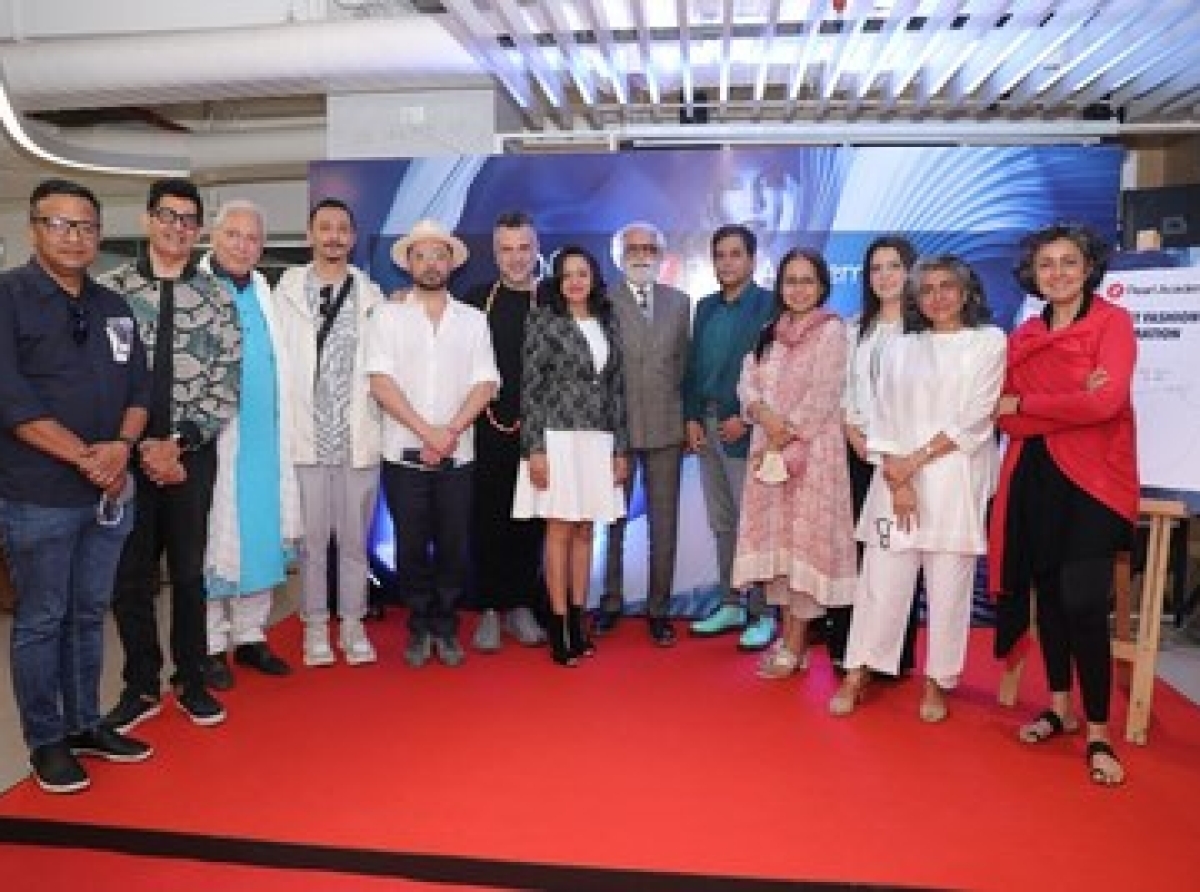
Business acumen is an inspiration
Attended by CMAI members, the felicitation program included narration of stories and anecdotes from Seth’s 45-year journey in the industry. It focused on the lessons learned by Seth over the years.
The event was a commemoration of Seth’s single-minded focus on his goals, his untiring efforts, initiatives to improve workers’ productivity, and his instillation of trust, transparency, equity, and ethics in his company’s operations.
The felicitation program also included an informal interaction between Deepak Seth pearl and Rahul Mehta, Chief Mentor, CMAI, both alumni of the Jamnalal Bajaj Institute of Management.

Interesting ‘takeaways’ of the interaction
A few of the interesting points that were discussed during the informal interaction of Deepak Seth pearl global with Rahul Mehta like Seth feels that the benchmark or cut-off point of entrepreneurship could be perhaps around 500 machine capacity as it is possible to manage personally but above that capacity, one should ideally look at the engagement of the professionals to have stable growth.
Seth explained that he has always been very keen on looking out for any opportunities of partnership where they could improve including investing in any startups if useful technology is involved.
Talking about the productivity of the workers, Deepak Seth observes that culture everywhere is different but workers are the same but it is how we train them and how we take work from them.
He feels supervisors and middle management is weak in India, in the south, there’s no hunger for overtime whereas in the north the migrant workers work slowly during the daytime to get overtime.
If you set up the right team of supervisors and middle management, the Indian workforce is also not bad. On the other hand, Bangladesh workers are very committed; they work for 12 hours/day, hungry to do overtime.
In our Vietnamese factory for our factory of 1000 machines, we manage with only 1500 workforce, whereas we may need 2000 or 2500 people here in India, there’s no alteration or defect there are no quality issues for the products cut, manufactured and packed in our Vietnam factory. The workers there are quite educated and feel guilty if the fault is found.
In Indonesia, we make very high-quality garments.
The interaction highlighted the management philosophy of Pearl Group’s organizational culture and business philosophy that has inspired the Harvard School of Business to study it as a case study.
Join our community on Linkedin
